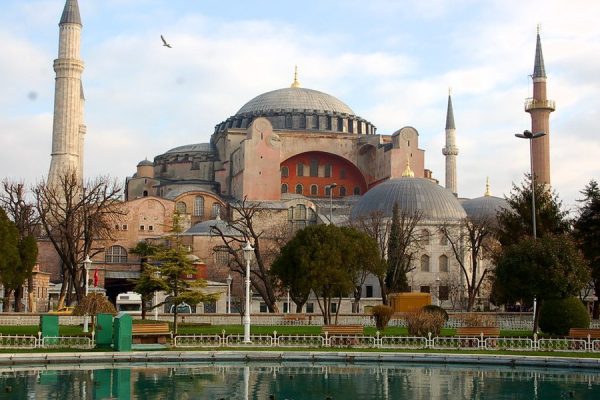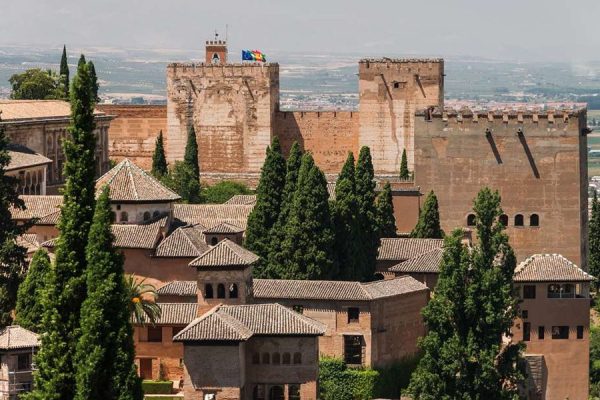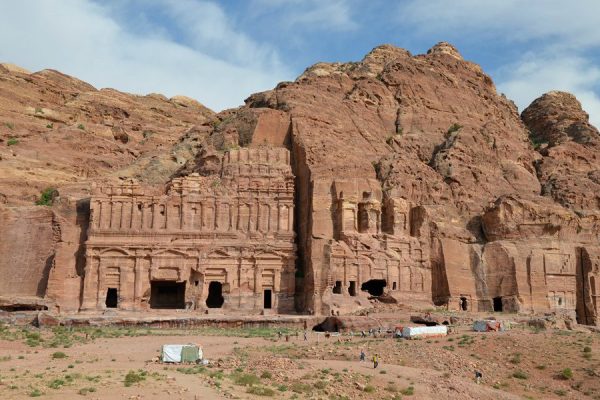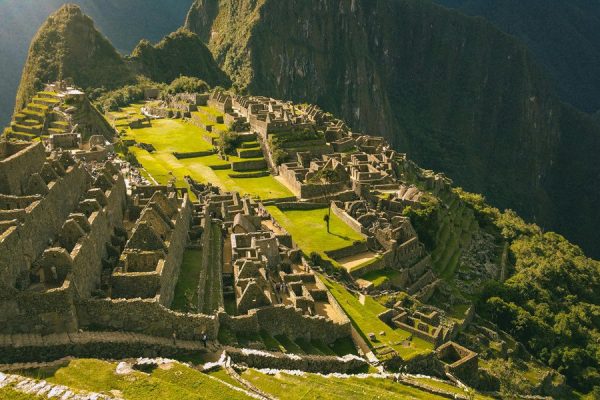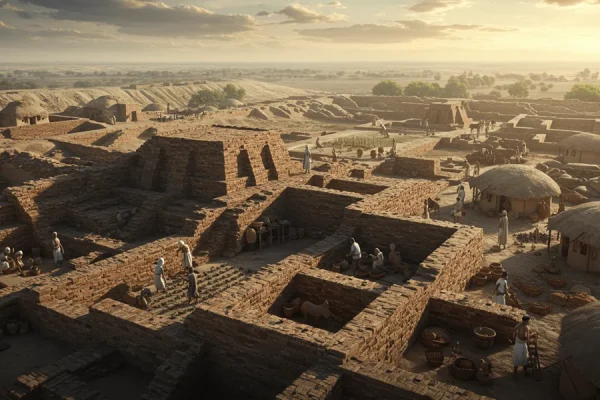Attila the Hun, often referred to as the Scourge of God, was one of the most feared and influential leaders of the late antiquity period. His reign as the ruler of the Hunnic Empire from 434 to 453 AD left an indelible mark on the history of Europe and Asia. Attila’s military prowess, strategic acumen, and ruthless tactics earned him a reputation as a formidable conqueror who brought both the Eastern and Western Roman Empires to their knees.
Early Life and Rise to Power
Origins of the Huns
The Huns were a nomadic group that emerged from the steppes of Central Asia. By the time of Attila’s birth around 406 AD, they had migrated westward and established a vast empire that stretched from the Ural Mountains to the Rhine River. The Huns were known for their exceptional horsemanship, archery skills, and their ability to strike fear into the hearts of their enemies. Their nomadic lifestyle and warrior culture made them a formidable force in the ancient world.
Attila’s Early Years
Attila was born in the region of Pannonia, which is modern-day Hungary. His early life is shrouded in mystery, but it is believed that he was raised in a society that valued martial prowess and leadership. He was the nephew of Rugila, the king of the Huns, who played a significant role in consolidating the Hunnic Empire. Rugila’s leadership laid the groundwork for Attila’s future conquests, as he established the Huns as a dominant power in the region.
The Death of Rugila and the Rise of Attila
When Rugila died in 434 AD, Attila and his brother Bleda jointly inherited the throne. The co-rule was short-lived, as Attila eventually had Bleda killed in 445 AD, becoming the sole ruler of the Huns. This act of fratricide demonstrated Attila’s ruthless ambition and his determination to consolidate power. From this point on, Attila would rule the Hunnic Empire with an iron fist, leading his people to unprecedented heights of power and influence.
The Hunnic Empire Under Attila
The Structure of the Hunnic Empire
Under Attila’s leadership, the Hunnic Empire reached its zenith. The empire was a confederation of various tribes, including the Ostrogoths, Gepids, and Alans, who were united under Attila’s rule. The Huns were not a homogeneous group but rather a diverse coalition of peoples who were bound together by their loyalty to Attila and their shared desire for plunder and conquest. This diverse makeup of the empire allowed Attila to draw upon a wide range of skills and resources, making the Hunnic Empire a formidable force.
Attila’s Court and Diplomacy
Attila’s court was a center of power and intrigue, where he received envoys from various kingdoms and empires. He was known for his cunning and ability to manipulate his enemies, often playing the Eastern and Western Roman Empires against each other to his advantage. Attila’s court was also a place of luxury, where he amassed vast amounts of wealth from the tributes and plunder he extracted from his conquests. His ability to negotiate and extract concessions from his enemies demonstrated his political acumen and strategic thinking.
The Role of Religion and Propaganda
Attila was a master of propaganda, and he used religion to legitimize his rule. He claimed to possess the Sword of Mars, a divine weapon that symbolized his right to conquer and rule. This claim helped to bolster his image as a chosen leader, destined to bring glory to the Hunnic Empire. Attila’s use of religion and propaganda played a crucial role in maintaining the loyalty of his followers and intimidating his enemies.
Military Campaigns and Conquests
The Invasion of the Eastern Roman Empire
Attila’s first major campaign was against the Eastern Roman Empire, which he invaded in 441 AD. The Huns sacked several cities, including Singidunum (modern-day Belgrade) and Naissus (modern-day Niš), and forced the Eastern Roman Emperor Theodosius II to pay a hefty tribute in exchange for peace. This campaign demonstrated Attila’s ability to exploit the weaknesses of his enemies and extract maximum concessions from them.
The Invasion of Gaul
In 447 AD, Attila launched another invasion of the Eastern Roman Empire, this time penetrating as far as the walls of Constantinople. The Eastern Roman Empire was forced to agree to even more onerous terms, including an annual tribute of 2,100 pounds of gold. However, Attila’s most famous campaign was his invasion of the Western Roman Empire in 451 AD. This campaign was prompted by a series of events, including a request for help from Honoria, the sister of the Western Roman Emperor Valentinian III, who sought to escape an arranged marriage. Attila saw this as an opportunity to expand his empire and marched his army into Gaul (modern-day France).
The Battle of the Catalaunian Plains
The invasion of Gaul brought Attila into direct conflict with the Roman general Flavius Aetius. Who had formed an alliance with the Visigoths and other barbarian tribes. The two armies met at the Battle of the Catalaunian Plains (also known as the Battle of Châlons) in 451 AD. The battle was one of the largest and bloodiest of the ancient world, with both sides suffering heavy casualties. Although the battle was inconclusive, Attila was forced to retreat, marking the first significant setback in his military career.
The Invasion of Italy
Undeterred, Attila launched another invasion of the Western Roman Empire in 452 AD, this time targeting Italy. The Huns sacked several cities, including Aquileia, Padua, and Milan, and came close to capturing Rome itself. However, Attila’s advance was halted by a combination of factors, including disease, famine. The intervention of Pope Leo I, who met with Attila and persuaded him to withdraw from Italy. The exact reasons for Attila’s decision to retreat remain a subject of debate. But it is clear that his invasion of Italy was a turning point in his career.
The Death of Attila and the Decline of the Hunnic Empire
Attila’s Mysterious Death
Attila’s death in 453 AD marked the beginning of the end for the Hunnic Empire. According to historical accounts, Attila died on his wedding night, allegedly from a nosebleed or internal bleeding caused by excessive drinking. His death was sudden and unexpected, and it left a power vacuum that his sons were unable to fill. The Hunnic Empire quickly fragmented as various tribes and factions vied for control, and within a few years, the empire had disintegrated.
The Fragmentation of the Hunnic Empire
The decline of the Hunnic Empire had far-reaching consequences for the ancient world. The power vacuum left by the Huns allowed other barbarian tribes. Such as the Ostrogoths and the Vandals, to rise to prominence. The Western Roman Empire, already weakened by internal strife and external pressures. Continued to decline and eventually fell in 476 AD. The collapse of the Hunnic Empire also paved the way for the rise of new powers in Europe, including the Franks and the Byzantines.
Attila’s Legacy
Attila as the Scourge of God
Attila the Hun’s legacy is a complex and multifaceted one. On one hand, he is remembered as a ruthless conqueror who brought destruction and devastation to the lands he invaded. The Romans referred to him as the Scourge of God, a title that reflected the fear and awe he inspired. Attila’s campaigns against the Roman Empire were marked by brutality and violence. And he was responsible for the deaths of countless people and the destruction of numerous cities.
Attila as a Skilled Leader and Strategist
On the other hand, Attila was also a skilled leader and strategist who was able to unite a diverse coalition of tribes. Also lead them to victory against some of the most powerful empires of his time. His ability to exploit the weaknesses of his enemies and extract maximum concessions from them demonstrated his political acumen and cunning. Attila’s court was a center of power and intrigue. He was able to maintain control over his vast empire through a combination of fear, loyalty, and diplomacy.
Cultural and Historical Impact
Attila’s legacy also extends to the cultural and historical impact he had on the ancient world. The Hunnic invasions accelerated the decline of the Roman Empire and contributed to the transformation of Europe from a Roman-dominated world to a medieval one. The collapse of the Hunnic Empire also paved the way for the rise of new powers and the eventual emergence of the nation-states of Europe.
Attila in Popular Culture
In popular culture, Attila the Hun has been romanticized and mythologized as a larger-than-life figure. He has been depicted in literature, art, and film as a fearsome warrior and a symbol of barbarism and destruction. However, the historical Attila was a more nuanced and complex figure, whose actions and legacy continue to be the subject of debate and interpretation.
Conclusion
Attila the Hun was one of the most formidable and influential leaders of the ancient world. His reign as the ruler of the Hunnic Empire was marked by military conquests, political intrigue. And the exploitation of the weaknesses of his enemies. Attila’s campaigns against the Eastern and Western Roman Empires brought him to the brink of total victory. But his sudden death in 453 AD marked the beginning of the end for the Hunnic Empire.
Attila’s legacy is a complex one, as he is remembered both as a ruthless conqueror and a skilled leader. Who was able to unite a diverse coalition of tribes and lead them to victory. His impact on the ancient world was profound, as his invasions accelerated the decline of the Roman Empire and contributed to the transformation of Europe. Attila the Hun remains a fascinating and enigmatic figure. Whose life and legacy continue to captivate the imagination of historians and the public alike.
Additional Insights
The Hunnic Military Tactics
Attila the Hun were renowned for their military tactics, which relied heavily on speed, mobility, and surprise. Their use of horse archery allowed them to strike quickly and retreat before their enemies could mount a counterattack. This hit-and-run strategy was highly effective against the more heavily armored and slower-moving Roman legions. Attila’s ability to adapt and innovate in warfare was a key factor in his success as a military leader.
The Role of Women in Attila’s Life
While much of Attila the Hun life is dominated by his military exploits. The role of women in his life is also noteworthy. His relationship with Honoria, the sister of the Western Roman Emperor. Is one of the more intriguing aspects of his story. Honoria’s plea for help, which included a marriage proposal. Provided Attila with a pretext for his invasion of the Western Roman Empire. Additionally, Attila’s multiple marriages and the presence of women in his court highlight the complex social dynamics of the Hunnic Empire.
The Hunnic Economy
The Hunnic economy was largely based on plunder, tribute, and the exploitation of conquered territories. Attila’s ability to extract wealth from the Roman Empire was a key factor in maintaining the loyalty of his followers and financing his military campaigns. The Huns also engaged in trade with neighboring peoples. Exchanging goods such as furs, horses, and slaves for luxury items and weapons.
The Hunnic Legacy in Modern Times
The legacy of the Huns and Attila continues to influence modern culture and politics. In Hungary, Attila is often seen as a national hero and a symbol of strength and resilience. The name Attila is still used as a given name in many countries, reflecting the enduring fascination with this legendary figure. In popular culture, Attila has been the subject of numerous books, films, and television series, each offering a different interpretation of his life and legacy.
Final Thoughts
Attila the Hun remains one of the most enigmatic and influential figures in history. His life and reign were marked by extraordinary achievements and brutal conquests, leaving a lasting impact on the ancient world. Whether viewed as a ruthless conqueror or a brilliant strategist, Attila’s legacy continues to captivate and inspire. His story is a testament to the complexities of human nature and the enduring power of leadership, ambition, and the pursuit of power.







